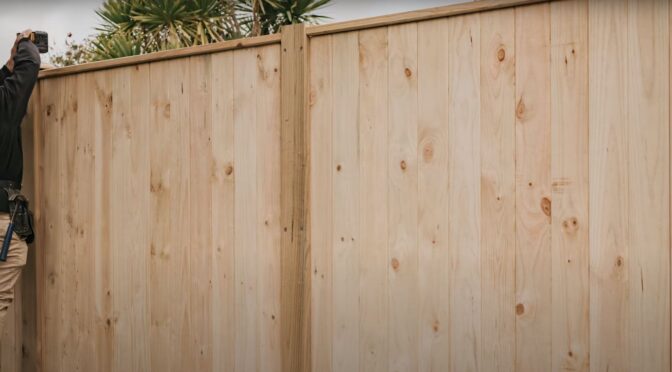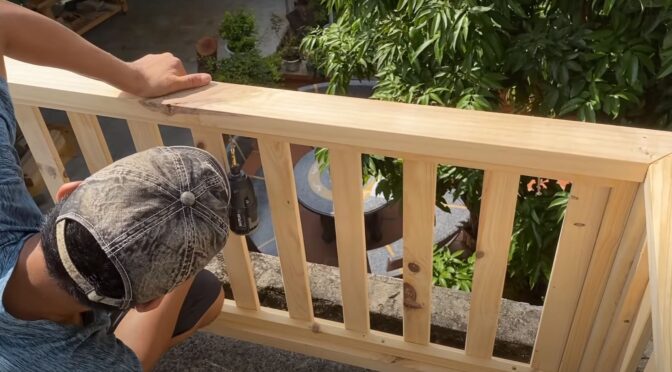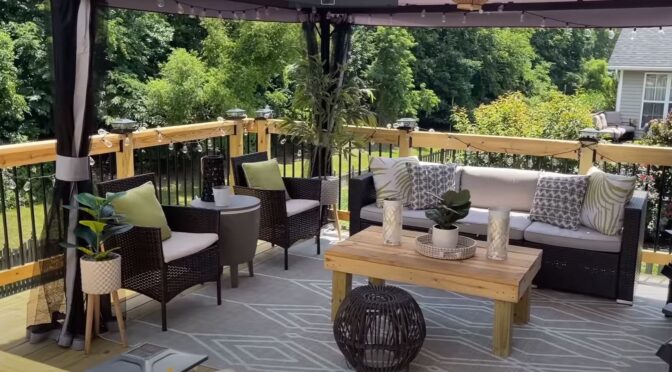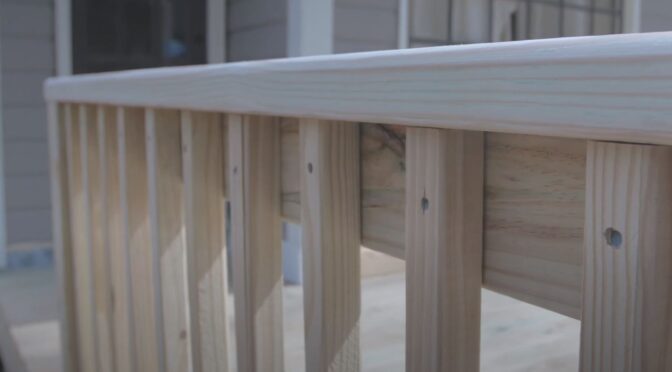Eco-friendliness of Composite Fencing in Auckland
What is Composite Fencing?
Composite fencing is a modern solution made from a blend of wood fibres and recycled plastics. This fusion results in a durable, low-maintenance, and aesthetically pleasing fencing option. Its growing popularity in Auckland can be attributed to its resilience against New Zealand’s varying weather patterns, combined with its environmentally conscious makeup.
Environmental Impacts of Composite Fencing
Composite fencing, by design, minimises waste. Here’s how:
- Resource Utilisation: Utilises recycled wood and plastic, reducing landfill waste.
- Longevity: Composite fences last longer than traditional wood, reducing the frequency of replacements and waste.
- Low Maintenance: It doesn’t require chemical treatments, stains, or paints, which can be harmful to the environment.
Local Variations: Beach Haven, St Heliers, and Mt Eden
Each Auckland suburb has unique characteristics that may influence your fencing choice.
- Beach Haven: Located by the coast, the salty air can accelerate the corrosion of metal and deterioration of wood. Composite fencing stands resilient against these conditions, making it an ideal choice.
- St Heliers: With its picturesque views and prime real estate, aesthetics become crucial. Composite fencing offers design flexibility without compromising on durability.
- Mt Eden: Being one of the city’s older suburbs, there are architectural styles to consider. Composite fencing can be tailored to harmonise with these styles, ensuring cohesion with the neighbourhood’s character.
Auckland Council Bylaws Impacting Fencing
Local bylaws may influence your fencing choices, especially when considering height, style, and placement. In some parts of Auckland, like St Heliers, there are specific guidelines to ensure that fences do not obstruct certain views or alter the region’s character. It’s essential to check with the local council or consult a professional before deciding.
Durability and Maintenance
Composite fencing (for example Laminata Fencing) is renowned for its low maintenance. Unlike wood, which can rot, warp, or be prone to pest infestations, composite materials remain unchanged for years. There’s no need for regular staining, painting, or sealing.
Cost Implications
While the initial costs of composite fencing might be higher than traditional wood or metal fences, in the long run, due to minimal maintenance costs and longevity, it proves to be a cost-effective option.
Pros and Cons
To give you a clearer picture, here’s a brief breakdown:
Pros:
- Eco-friendly due to recycled content.
- Low maintenance.
- Resistant to pests, rot, and corrosion.
- High durability and longevity.
Cons:
- Higher initial cost than some alternatives.
- Limited to available designs and colours.
Summary Table
| Feature | Composite Fencing | Traditional Wood | Metal Fences |
| Eco-friendliness | High | Medium | Low |
| Initial Cost | Medium-High | Low | Medium |
| Maintenance Costs | Low | High | Medium |
| Durability | High | Medium | High |
| Resilience to Local Climate | High | Medium | Medium-High |
In conclusion, if you’re an Aucklander seeking an eco-friendly, durable, and aesthetically pleasing fencing option, composite fencing is worth serious consideration. While it might come with a higher initial price tag, its longevity and low maintenance can save money and effort in the long run. It’s an investment in both the environment and the future.
Eco-friendliness of Composite Fencing: Frequently Asked Questions
What is composite fencing made of?
Composite fencing is typically made from a blend of wood fibres and recycled plastics, offering both durability and a reduction in landfill waste.
How does composite fencing reduce environmental waste?
It utilises recycled wood and plastic, minimising the amount of waste that goes to landfills and reducing the need for new raw materials.
Are chemicals used in the production of composite fences?
Most composite fences are designed to be eco-friendly and do not require chemical treatments, stains, or paints that might be harmful to the environment.
How long does composite fencing last compared to traditional fencing?
Composite fences generally have a longer lifespan than traditional wood fences, often lasting many years without the need for significant maintenance or replacement.
Do composite fences require regular maintenance?
One of the major benefits of composite fencing is its low maintenance. It does not need regular painting, staining, or sealing, reducing its environmental footprint over its lifetime.
How does composite fencing stand up to Auckland’s diverse weather conditions?
Given its combination of materials, composite fencing is resistant to many of Auckland’s weather challenges, including salty coastal air, humidity, and rain.
Are there any restrictions on composite fencing in Auckland suburbs like Beach Haven or St Heliers?
Local bylaws in certain Auckland suburbs may influence fencing choices. It’s essential to consult local regulations in areas like Beach Haven or St Heliers to ensure compliance.
Does composite fencing offer design flexibility?
Yes, composite fencing can be tailored to various designs and colours, ensuring it fits in with the architectural styles of different suburbs or individual preferences.
Is composite fencing cost-effective in the long run?
While the initial cost might be higher than some alternatives, the low maintenance and longevity of composite fencing can make it a cost-effective option over time.
How does composite fencing compare to metal fences in terms of eco-friendliness?
Composite fencing, with its use of recycled materials and reduced maintenance needs, typically has a smaller environmental footprint than metal fences.
Are there any cons to using composite fencing?
The primary cons include a potentially higher initial cost and being limited to available designs and colours on the market.
How does composite fencing contribute to preserving local ecosystems?
By reducing the need for tree logging (as in traditional wood fences) and making use of recycled materials, composite fencing can help in preserving local ecosystems and reducing deforestation



